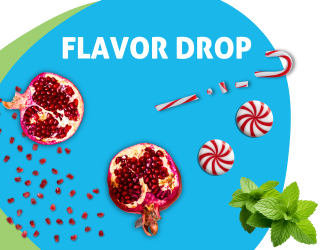 Consumers’ growing interest in healthier lifestyles is driving trends in fortified, functional, and other better-for-you foods and beverages, such as those with less sugar.
Consumers’ growing interest in healthier lifestyles is driving trends in fortified, functional, and other better-for-you foods and beverages, such as those with less sugar.
But the benefits boost can come at the cost of off-flavors, whether it’s a nutrition bar, a plant-based meat, or a ready-to-drink wellness tea.
…
Adding or increasing the amount of ingredients that impact the basic tastes is often the first step in flavor masking, accompanied by frequent tasting as you go. A slight amount of sweetness or salt, for example, can help mask bitter tastes, and sweetness can be used to mask acidic notes.
Sometimes reducing the perception of sweetness is desirable, but reducing the amount of sweetener would negatively impact body and mouthfeel. In these cases, salt, acid, or bitter tastes could be added. Fats, as well as viscosifying ingredients like gums, starches, and fibers, can minimize a variety of off-flavors because they not only coat the mouth but also slow the release of off-flavors from the food matrix.
Besides manipulating ingredients such as salt, acid, and fat early on to help neutralize off-notes, it’s important to choose the best type of each ingredient, says Ana Rodriguez, product manager at Imbibe. “For example, when tackling a stevia formulation, we would advise using a specific fat source, salt levels, and other food additive ingredients compared to a nonstevia-based formula,” she says.
Check out the entire article on IFT.



